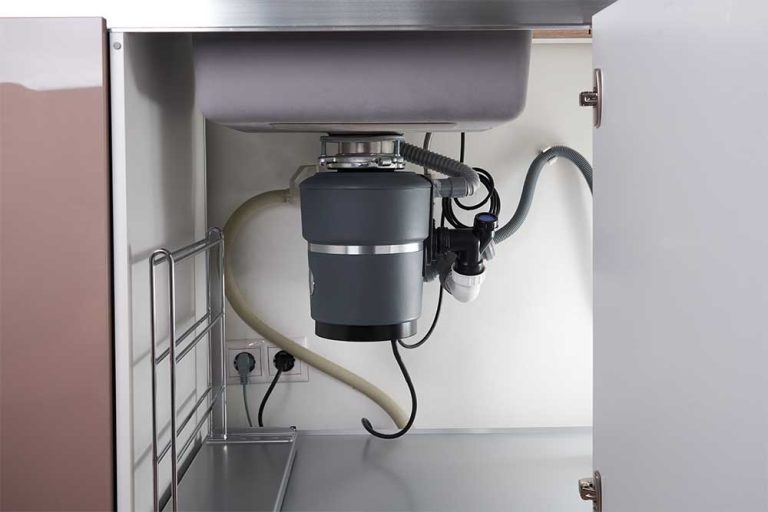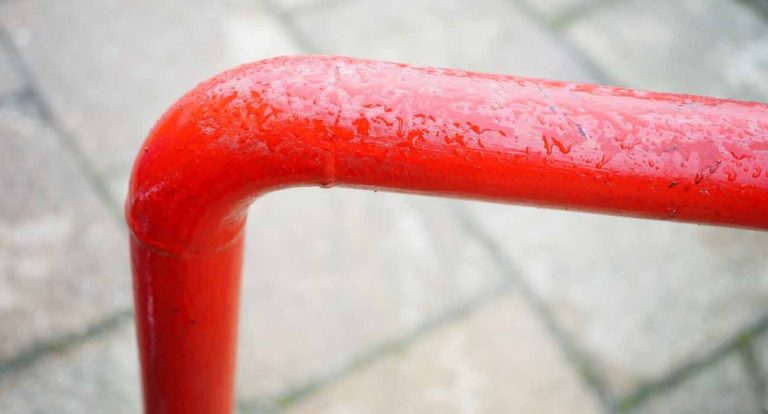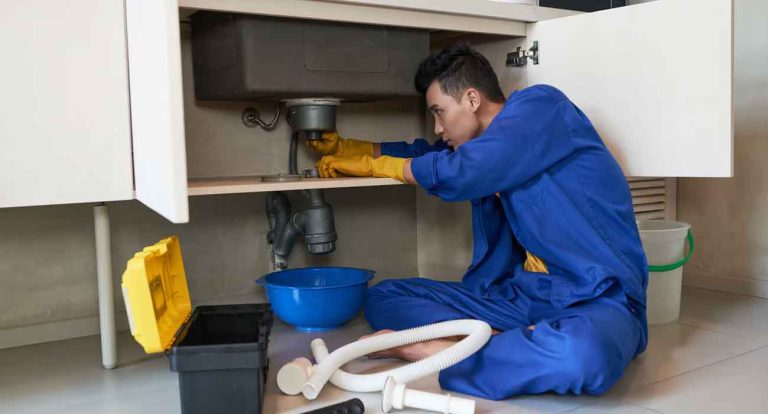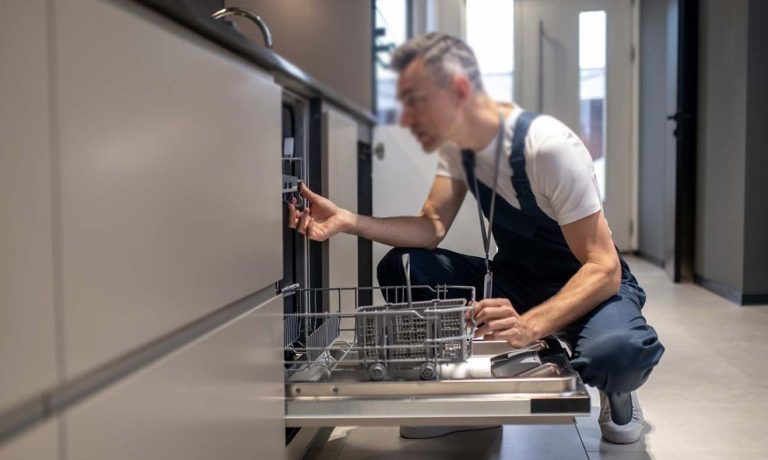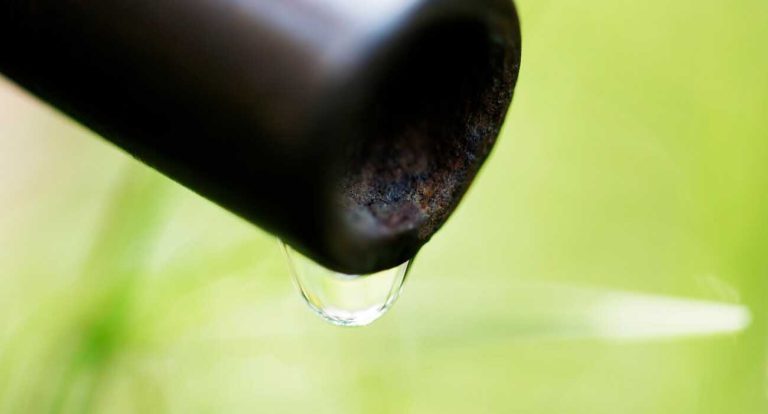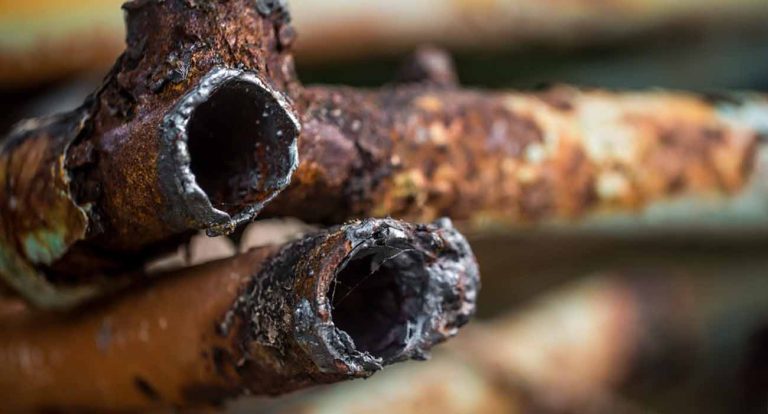How to Become a Licensed Plumber in 2025: Step-by-Step Guide
The plumbing industry remains one of the most stable and high-paying trades in the U.S. With the rising demand for skilled professionals and increasing construction projects, becoming a licensed plumber in 2025 is a smart career move. Licensing ensures legal compliance, higher earning potential, and better job opportunities.
Whether you’re just starting your career or looking to upgrade your skills, this comprehensive guide will walk you through becoming a licensed plumber, covering education, apprenticeships, exams, and state-specific licensing requirements.
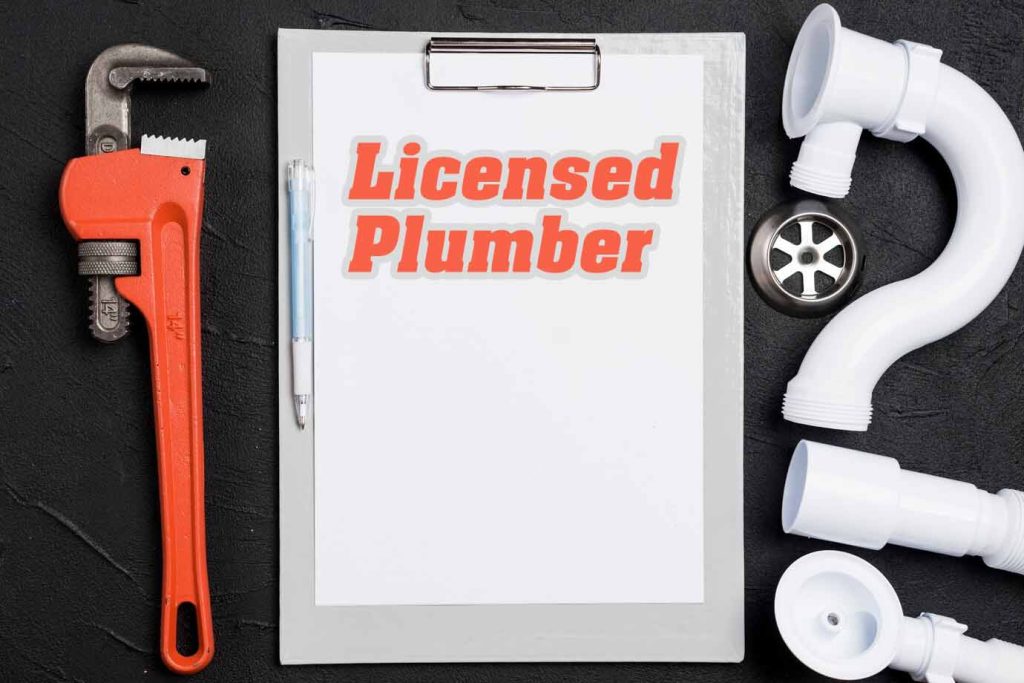
Table of Contents
Why Become a Licensed Plumber?
Job Security & Demand
- The Bureau of Labor Statistics (BLS) predicts steady growth for plumbers through 2030, ensuring long-term job stability.
- Plumbing is an essential trade, meaning consistent demand in residential, commercial, and industrial projects.
High Earning Potential
- Entry-Level Plumber (Apprentice): $35,000 – $50,000 per year.
- Journeyman Plumber: $50,000 – $75,000 per year.
- Master Plumber/Contractor: $90,000 – $120,000+ per year.
- Self-employed plumbers can earn over $150,000 annually, depending on location and clientele.
Career Growth Opportunities
- Journeyman Plumber → Master Plumber → Plumbing Business Owner.
- Specializations are available in green plumbing, gas fitting, and pipefitting.
Step-by-Step Process to Becoming a Licensed Plumber
Step 1: Meet the Educational Requirements
- Most states require a high school diploma or GED.
- Recommended high school subjects:
- Math & Geometry (Essential for measurements and calculations).
- Science & Physics (Understanding water flow and pressure mechanics).
- Technical & Mechanical Skills (Blueprint reading, shop classes).
Step 2: Attend a Plumbing Trade School (Optional but Recommended)
- Duration: 6 months – 2 years.
- Cost: $1,000 – $10,000 (Varies by location and program).
- Benefits:
- Hands-on training with professional instructors.
- Learn plumbing codes, safety regulations, and installation techniques.
- Trade school training can reduce the required apprenticeship hours.
- Top Plumbing Trade Schools in the U.S.
- PHCC Academy of Plumbing
- Penn Foster Plumbing Program (Online)
- Local community colleges & trade schools
Step 3: Apply for a Plumbing Apprenticeship
An apprenticeship provides paid on-the-job training under the supervision of licensed plumbers.
- Typical Duration: 4-5 years (8,000 – 10,000 work hours).
- Starting Salary: $15 – $25 per hour.
- Where to Find Apprenticeships:
- Union Programs: United Association (UA) Local Trade Unions.
- Non-Union Employers: Private plumbing companies.
- Community Colleges: Many offer state-approved apprenticeship programs.
- Online Job Boards: Apprenticeship.gov, Indeed, LinkedIn.
Step 4: Work as an Apprentice to Gain Hands-on Experience
- Apprentices work under the guidance of licensed plumbers.
- Responsibilities include installing pipes, repairing systems, and learning safety protocols.
- Most states require between 4,000 and 10,000 work hours before advancing to the journeyman level.
Step 5: Pass the Plumbing Licensing Exam
- Most states require passing an exam to become a journeyman plumber.
- Topics Covered in the Exam:
- Plumbing codes & regulations
- Blueprint reading
- Safety procedures
- Pipe system installations
- Exam Preparation Tips:
- Study the Uniform Plumbing Code (UPC).
- Take practice exams and online courses.
- Enroll in plumbing exam prep classes.
Step 6: Obtain a Journeyman Plumbing License
- You’ll earn a journeyman plumber license once you pass the exam and meet state requirements.
- Allows you to:
- Work independently on plumbing projects.
- Earn a higher salary than an apprentice.
- Apply for master plumber certification after additional work experience.
Step 7: Gain Work Experience as a Journeyman Plumber
- Journeyman plumbers must work 2-5 years before qualifying for a master plumber license.
- This phase helps develop advanced commercial, residential, and industrial plumbing skills.
Step 8: Apply for a Master Plumber License (Optional but Recommended)
- Requirements vary by state but usually include:
- 5+ years of journeyman experience.
- Passing a master plumber exam.
- Benefits of a Master Plumber License:
- Ability to pull permits and work on large-scale projects.
- Higher salaries and leadership roles.
- Eligibility to start a plumbing contracting business.
Plumbing Licensing Requirements by State
Licensing requirements differ by state. Below are general guidelines:
| State | License Levels | Work Experience Required | Exam Required? |
|---|---|---|---|
| California | Journeyman, C-36 Contractor | 4 years | Yes |
| Texas | Journeyman, Master | 8,000 hours | Yes |
| Florida | Registered, Certified Contractor | 4 years | Yes |
| New York | Varies by city | Local licensing | Varies |
| Illinois | Journeyman, Master | 4-6 years | Yes |
🔗 Check your state’s license requirements.
Frequently Asked Questions
Becoming a licensed plumber in 2025 offers job stability, excellent earnings, and career growth opportunities. The process involves education, apprenticeships, licensing exams, and gaining hands-on experience.
If you’re ready to start your career, apply for apprenticeship programs or check your state’s licensing board for requirements.



